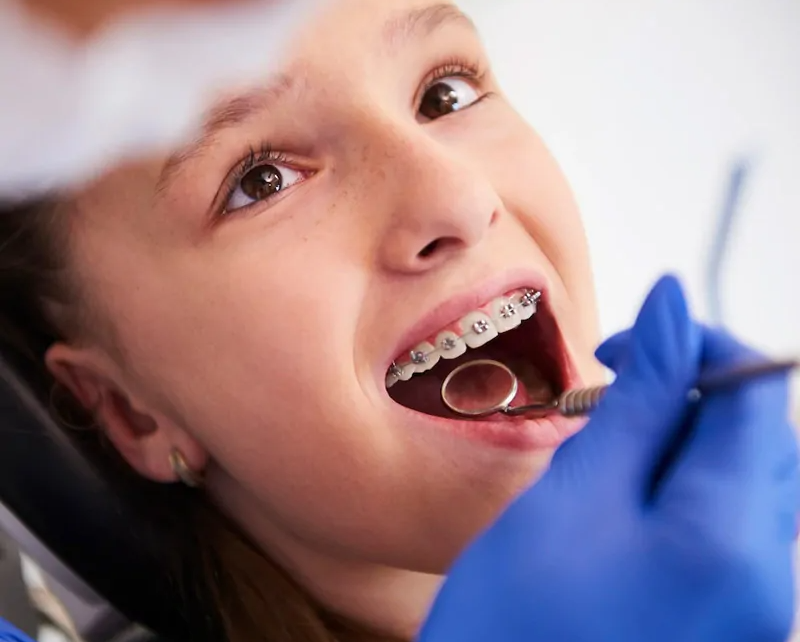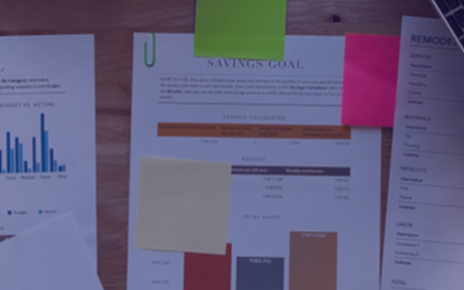The first visit to the dentist is part of growing up. Children may feel unsure or curious about this new experience. With some preparation at home, the visit may feel more familiar and comfortable. Simple actions and clear explanations may support a smoother appointment for both parents and child.
Talk about the visit calmly:
Start by explaining what a childrens dentist does in very simple terms. Use gentle words such as “cleaning teeth” or “checking your smile.” Avoid language that sounds too serious or alarming. Staying calm while speaking about the visit may help the child feel more relaxed.
Choose the right time:
Plan the appointment at a time when your child is usually rested and in a good mood. Mid-morning or after a nap often works well. A calm and rested child may be more willing to sit still and listen during the check-up.
Read books or watch videos:
There are many storybooks and short videos made for young children about dentist visits. These often show a positive and simple view of what happens. Reading or watching together gives the child something to relate to and may make the visit seem more familiar.
Practice at home:
Try a short role-play before the actual visit. Use a toothbrush to count or “check” your child’s teeth and let them pretend to be the dentist too. This light activity may make the idea of a dental chair and tools less strange.
Bring a comfort item:
Allowing the child to bring a small soft toy or blanket to the appointment may provide comfort. Having something familiar nearby during the visit may reduce tension and give the child something to hold or focus on.
Stay positive during the visit:
Keep a soft tone and smile during the appointment. Praise your child for sitting still or listening. Avoid using threats or warnings during the visit, as this may create worry or resistance. A calm and gentle presence often helps the child stay at ease.
Follow up with encouragement:
After the visit, say something kind about how the child managed. A small treat, sticker, or extra story at bedtime can mark the occasion. These small rewards show that the visit was a positive experience.



